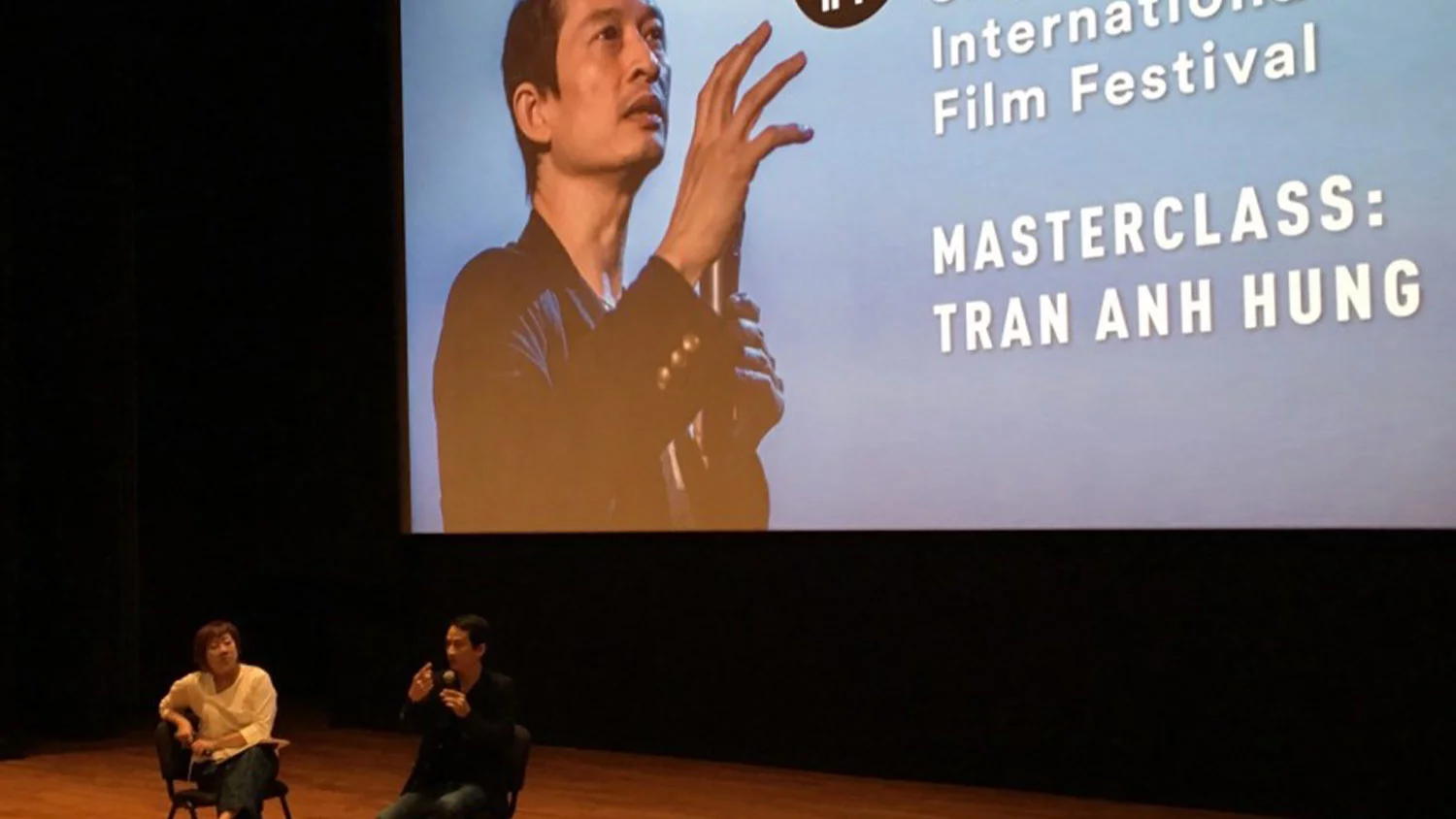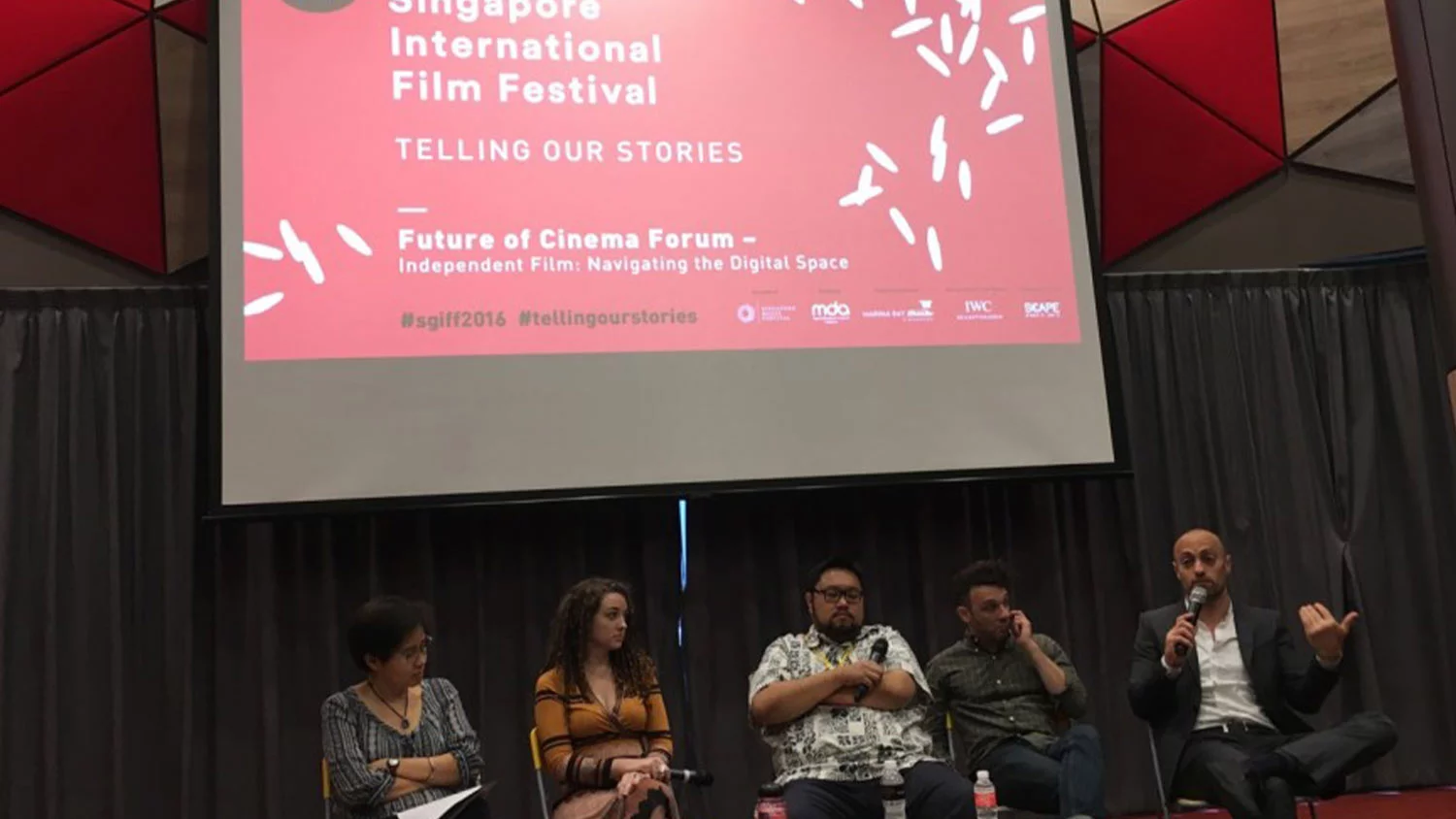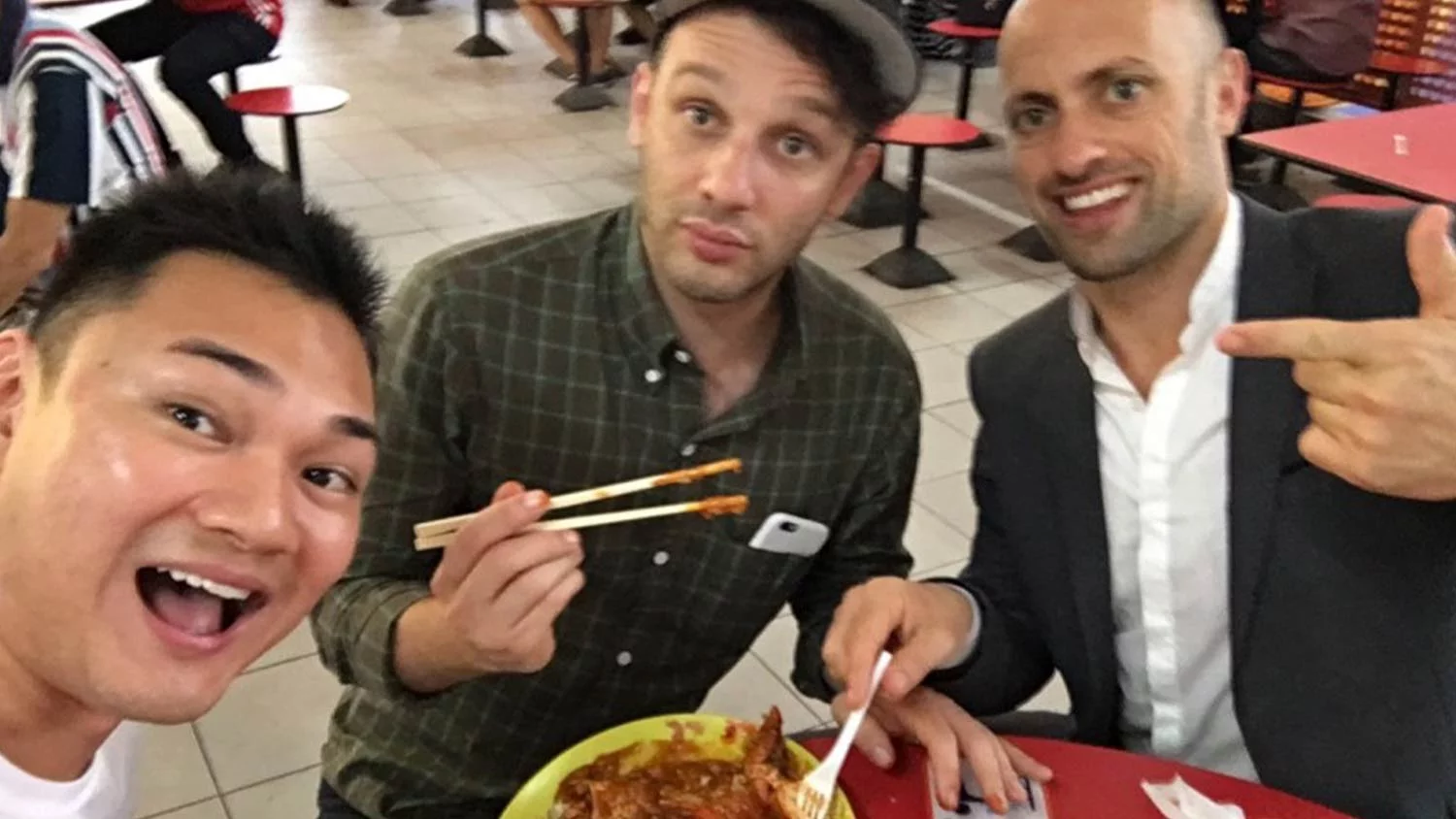26 Nov 2016: SGIFF On The Ground
By Youth Jury

His films are divisive, evoking more mood than any plot would care to supplant. And pull up any reviews for his latest film Eternity and you’ll find them split right down the middle. But they really are missing the point of auteur Tran Anh Hung’s works. In his opening statement, Anh Hung emphatically states:“Since I’m here in Asia, I’d like to emphasize something very specific: the language of cinema. Telling our stories is the slogan for this Festival. Of course stories are interesting all around the world. But for me, it is not the most important thing. Since we are making movies, it is important to focus on the language of cinema. This is missing in 90% of movies in the world. It is just illustrations of good stories and theme most of the time, and that is not interesting at all.”With that, the man who gave us The Scent of Green Papaya; Norwegian Wood and many others gave a rousing rally for the next hour and a half, extolling the virtues of the one art we all loved dearly – cinema. Anh Hung was a gifted teacher, himself conducting workshops with young directors in Vietnam every year. His message that we should give special credence to the specificity of our chosen art, being the nature of the edit, when scenes jump from one to the next, resonated with the audience that morning:“Language of cinema is something that happens when we go from one shot to another. This is the specific material of this art. This is what you have to work on. You cannot go from one shot to another only because you have a story to tell. Rather, you have to do it brilliantly. If you go from one shot to another not because of the storytelling – this is something you can only have in movies. If you can give this feeling, this emotion to the audience, only by the means of cinema, then you are working on the specific material of this art.”I could go on and on with my verbatim notes from this masterclass, but suffice to say that Tran Anh Hung really understands why and what he is working on in his craft. Simply inspiring. I was just grateful I was in his presence for those 90 minutes.

Future of Cinema forum, with Tan Pin Pin, Missy Laney, Anderson Le, Jared Geller, and Scott Kaplan (L-R)
I jumped on a bus from the National Museum of Singapore after Anh Hung’s masterclass concluded to head back to *SCAPE, where the Future of Cinema panel converged that afternoon. Entitled Independent Film: Navigating the Digital Space, moderator Tan Pin Pin led the lively group in a wide-ranging discussion on what to look do and what to look out for when your film is completed. Panelists Missy Laney, Anderson Le, Jared Geller and Scott Kaplan all put the ‘industry’ in ‘film industry.’ Working as a film strategist; festival programmer; production studio and distribution studio, Missy, Anderson, Jared and Scott very evenly represent the film industry across a spectrum. During the discussion, key points raised include: – Filmmakers have to define success for themselves. Is it to get that big fat cheque and let someone handle it all, or to use your works to position yourself as continually getting better and better? You need to know. (Missy) – Think of yourself as an entrepreneur, not just as a filmmaker (Anderson) – Collaborative art making, with the more artists you engage, means the more interesting and diverse the artwork becomes. (Jared) – Successful distributors have to get behind the artist in creating something wonderful. (Scott) I echo their sentiments completely. In my day job as someone who also works more in the business side of the film industry, I have to concur that a lot of issues arise because filmmakers are not candid with themselves what they want from their film. Whether it is a short or a feature, most young filmmakers have a vague idea that it will get picked up at a festival somewhere, but not consider how to really make that film work for them. Sometimes their available options will not necessarily improve their bargaining positions on their next film. Because as the Hollywood maxim goes – you are only as good as your last movie. After that soul-searching, I was suddenly thrust with a responsibility to bring the panelists out for an early dinner. And so Jared, Scott, Missy and I jumped into a cab in the middle of a cataclysmic thunderstorm where much food ensued.

Me with Jared Geller and Scott Kaplan (L-R) after devouring chili crab, oatmeal prawns, black carrot cake, chicken rice, laksa and an oyster omelette.
Of particular note in their cuisine choices, Scott definitely loved laksa, slurping up every last drop of the gravy. “The taste is outta this world!” he enthused.I got them back to the hotel and ran off to facilitate a screening at the National Gallery of Singapore, where Mongolian director Uisenma Borchu presented her film Don’t Look At Me That Way. Unfortunately after the introduction, I had some other immediate duties to attend to, so when I finally settled into the only film I saw that day, I was completely unprepared for Nicolette Krebitz’s utterly unnerving psychosexual drama Wild.Presented as part of the Cinema Today section, Wild sees the gradual unraveling of a young introverted woman when a chance encounter with a lone wolf at a nearby park propels her to embrace her more animalist instincts. This German film reminded me distinctly of the New French Extremity movement back in the early 2000s which saw the likes of Claire Denis, Marina de Van, Gaspar Noé and Alexandre Aja really pushing the imagery in their films. Specifically, I thought of Marina de Van, with her film In My Skin as sort of a companion piece for the female lead in this film, and how Krebitz’s film really takes a leaf out from her French counterparts. Her refusal to provide easy answers to whether or not Ania, played by the excellent young actress Lilith Stangenberg, tames her inner beast or not is at the heart of this dark but humane film. Brutal, savage and challenging, this small stunner deserves your special attention if you happen to have the chance to see it somewhere.